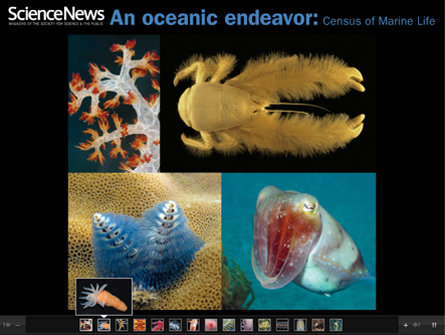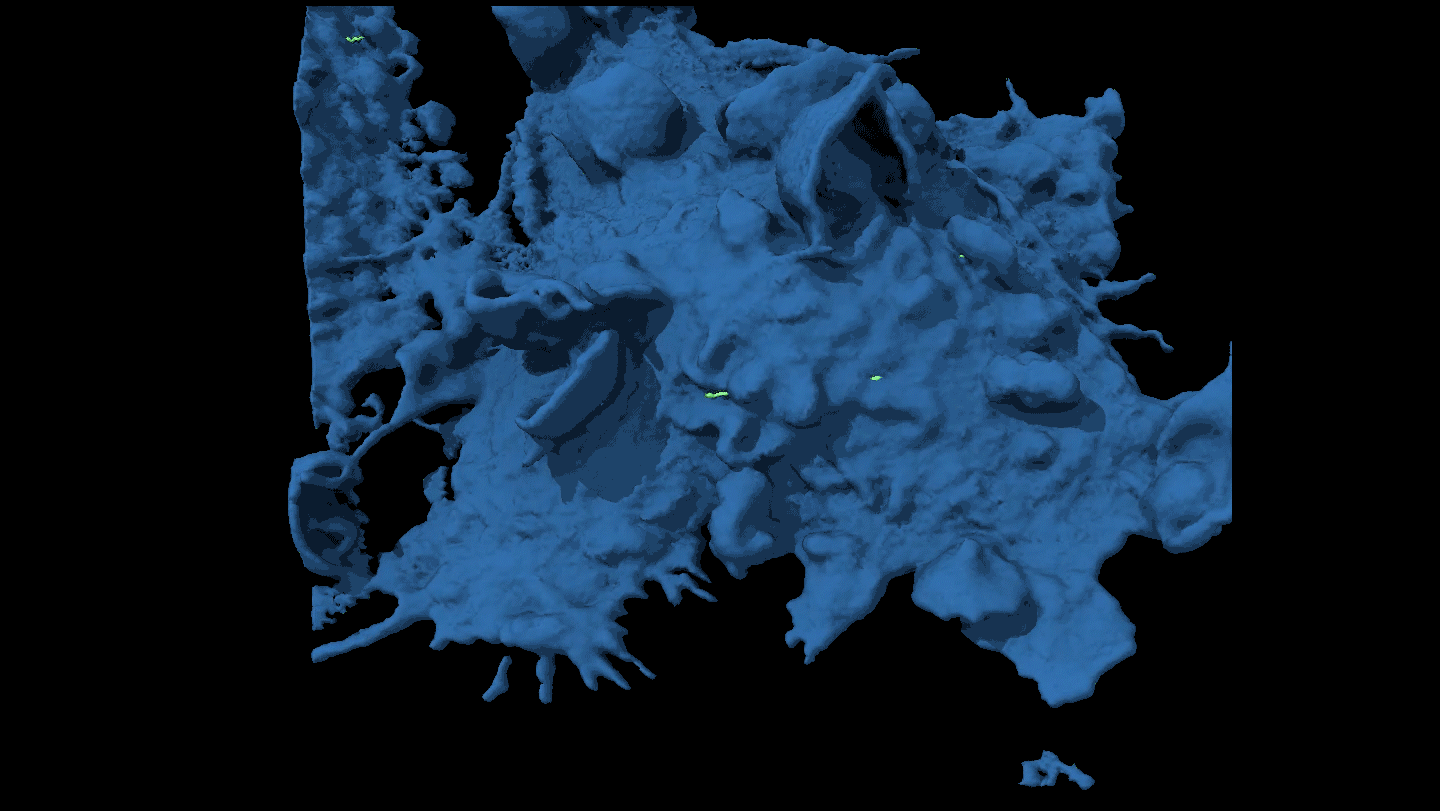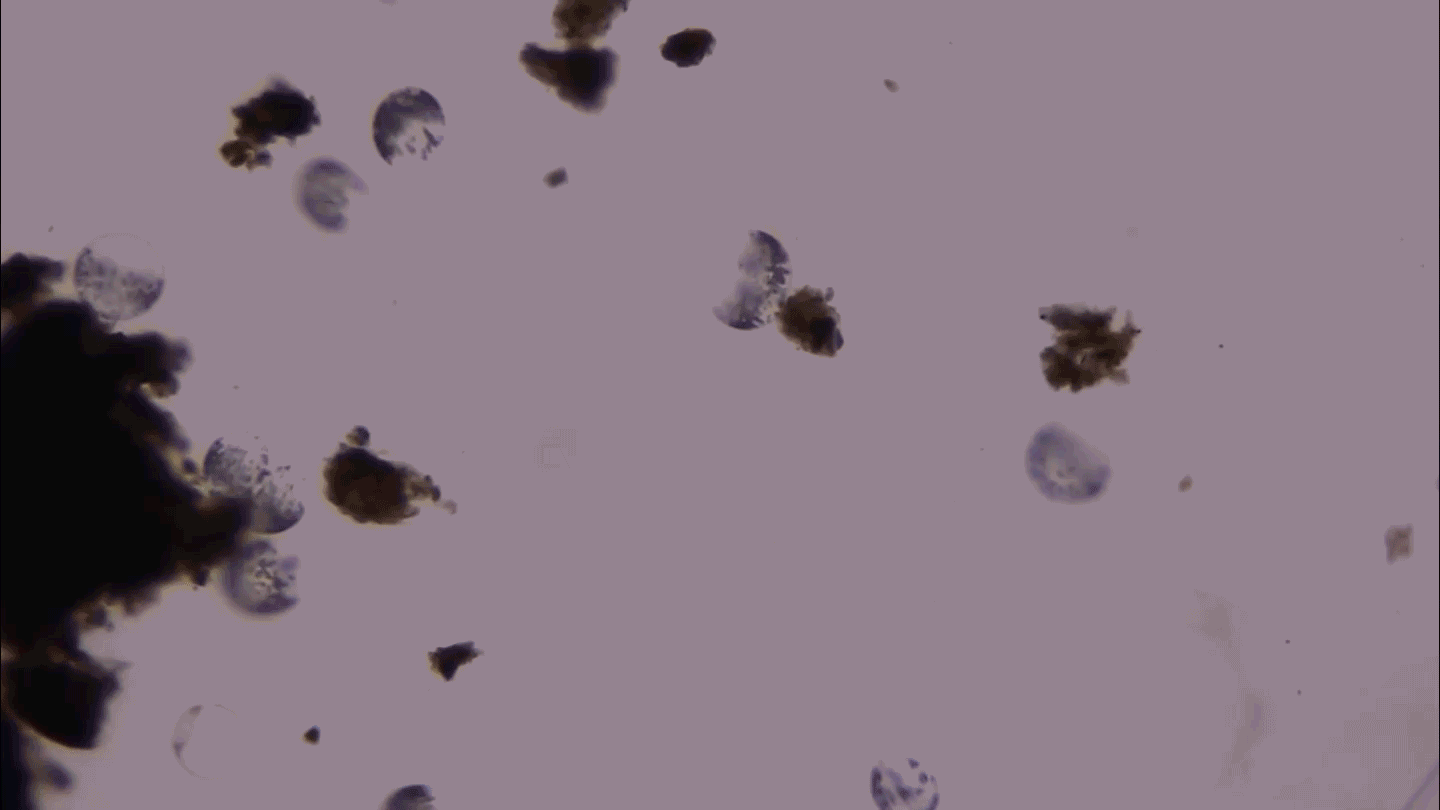

Calling a 10-year plan for ocean research a “Census of Marine Life” was from the beginning a splendid ambition, but perhaps a little loony. Scientists didn’t have names for, and may never have seen, thousands of marine critters. Nor had anyone sampled 99.9 percent of the ocean volume where the knowns and unknowns might dwell.
Yet something in seawater nourishes big schemes and dreams. In 2000, researchers began collaborating in a network that has now grown to involve at least 2,700 scientists from more than 80 nations. The coalition tackled “three grand questions,” in the words of Jesse Ausubel of the Alfred P. Sloan Foundation, an environmental scientist and cofounder of the census. The goal, as Ausubel put it, was to discover what has lived in the ocean, what lives there now and what will live there in the future.
To take on such a big task, census participants mined historical records, made more than 540 field expeditions, wrote upwards of 2,600 publications, discovered at least 1,200 new species (with more on the way), created a whale of a worldwide database for marine species records and spent $650 million.
New technologies bloomed. A novel approach to sonar gave a view wide enough to detect 250 million herring massing into a school the size of Manhattan. Tagging top predators revealed a previously unrecognized gathering point in the Pacific, dubbed the White Shark Café. And troubles loomed. Concerns over ocean resources encouraged research into the health of fishing stocks. In one dramatic report, scientists warned that unless something changes, fisheries could collapse by 2050.
Shipboard researchers collected specimens for basic taxonomy as well as for understanding patterns in past and future biodiversity. But the census portraits, a sampling of which are found on the following pages, are what really leads to oohing and ahhing over the seas’ spectacles.
A newly discovered crab boasts legs covered in pale, shaggy fur. Worms waggle more head ornaments than an Easter hat and the membranes of jellyfish flutter like moths. After 10 years, a new age of discovery has barely begun.
An oceanic endeavor: Census of Marine Life








